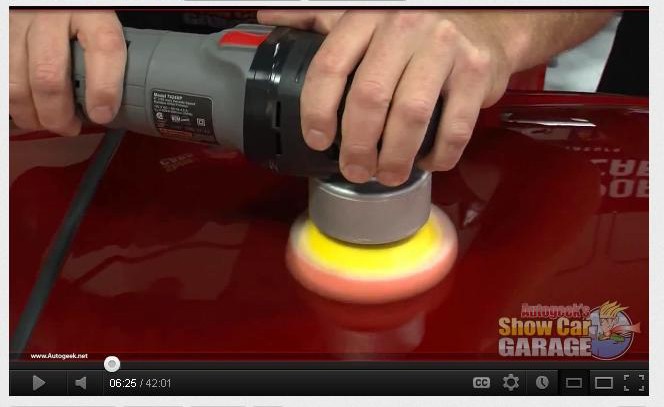K
Kappy
Guest
I have a lot of swirls from the dealer in the black paint on a new Nissan Murano. There's a sticker under the hood that says "Hard Clear Coat", but I think all that means is that I don't have the self-correcting paint, whatever that is.
I recently bought a Griot's DA, still in the box, some LC 5.5" orange and white flat pads, still in their wrappers, and couple of bottles of M105 and M205. I've seen several recommendations for using M105 with an orange pad, followed by M205 with a white pad, but if doing a test spot, and trying the least aggressive approach first, does that mean the M205 on the orange pad, or the white one? I know that the orange is more aggressive, but wasn't sure if a white pad with M205 would be used in this situation. I know. That's what the test spot is for, but there must be some sort of recommended way to do this.
Speaking of test spots, I have a cultured marble counter top in my bathroom, that has some type of clear coat loaded with swirls. When I moved into the house several years ago, I was told I could buff them out with sandpaper and car wax, and remember having zero success, so I left it as is. Would this be something that would be good for practicing with a DA before I attack the car? I realize that there's no comparison in the clear coat on the counter top to the one on the car, but I was thinking it would give me a feel for using a DA, and that way I could splatter polish all over the bathroom when I forget to rest the pads on the counter before turning it on and off.
I recently bought a Griot's DA, still in the box, some LC 5.5" orange and white flat pads, still in their wrappers, and couple of bottles of M105 and M205. I've seen several recommendations for using M105 with an orange pad, followed by M205 with a white pad, but if doing a test spot, and trying the least aggressive approach first, does that mean the M205 on the orange pad, or the white one? I know that the orange is more aggressive, but wasn't sure if a white pad with M205 would be used in this situation. I know. That's what the test spot is for, but there must be some sort of recommended way to do this.
Speaking of test spots, I have a cultured marble counter top in my bathroom, that has some type of clear coat loaded with swirls. When I moved into the house several years ago, I was told I could buff them out with sandpaper and car wax, and remember having zero success, so I left it as is. Would this be something that would be good for practicing with a DA before I attack the car? I realize that there's no comparison in the clear coat on the counter top to the one on the car, but I was thinking it would give me a feel for using a DA, and that way I could splatter polish all over the bathroom when I forget to rest the pads on the counter before turning it on and off.




